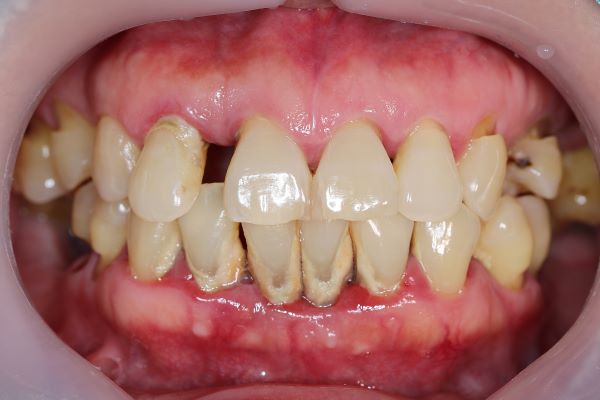Gum disease as indicator of skin disease
Periodontitis, also known as gum disease, is a gum infection that can damage the soft tissue and lead to the destruction of the bone that supports the teeth. It is typically caused by an overgrowth of microbes which leads to an immune-inflammatory response. Dental plaque is a common contributing factor to periodontitis. Previous studies have identified connections between oral hygiene, the presence of specific bacterial species, and a variety of autoimmune skin conditions. A recently published article in the Journal of Clinical and Aesthetic Dermatology investigated the relationship between oral health, oral care practices, and skin disease.
Numerous skin conditions including atopic dermatitis, psoriasis, pemphigus, psoriasis, and lichen planus were found to have a correlation with poor oral health and hygiene. Specifically, patients with atopic dermatitis had higher rates of gingivitis, toothaches, and oral infections. Severe eczema, for example, was associated with a higher prevalence of bleeding gums. In addition, patients with lichen planus were found to have exacerbations of their condition if they had a heavier plaque burden and reduced oral care. On the other hand, it was found that better oral hygiene improved oral lichen planus
Psoriasis patients were found to have a strong oral streptococcal bacterial burden. Interestingly, psoriasis was shown to be improved or even cured with tonsillectomy.
This article reports the incidence of comorbid disease associations and the need for closer collaboration between dermatologists and dentists to treat several common skin diseases.
